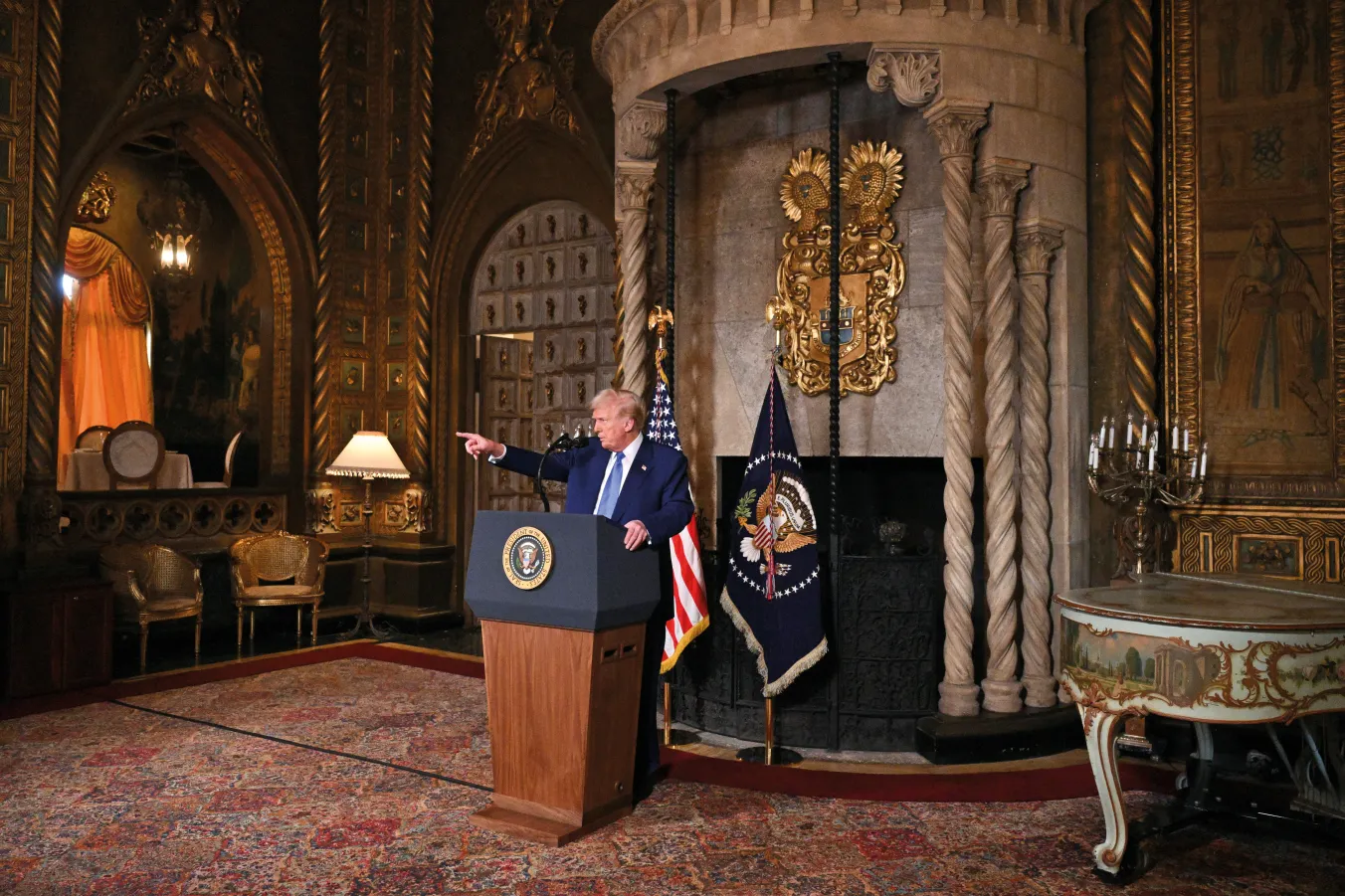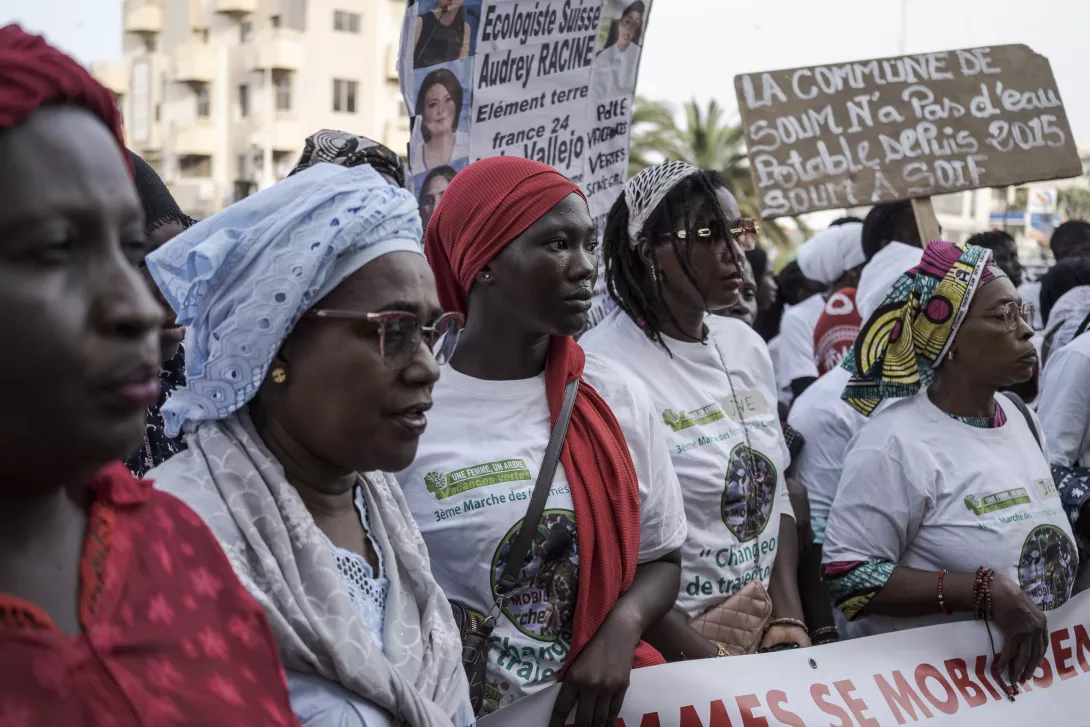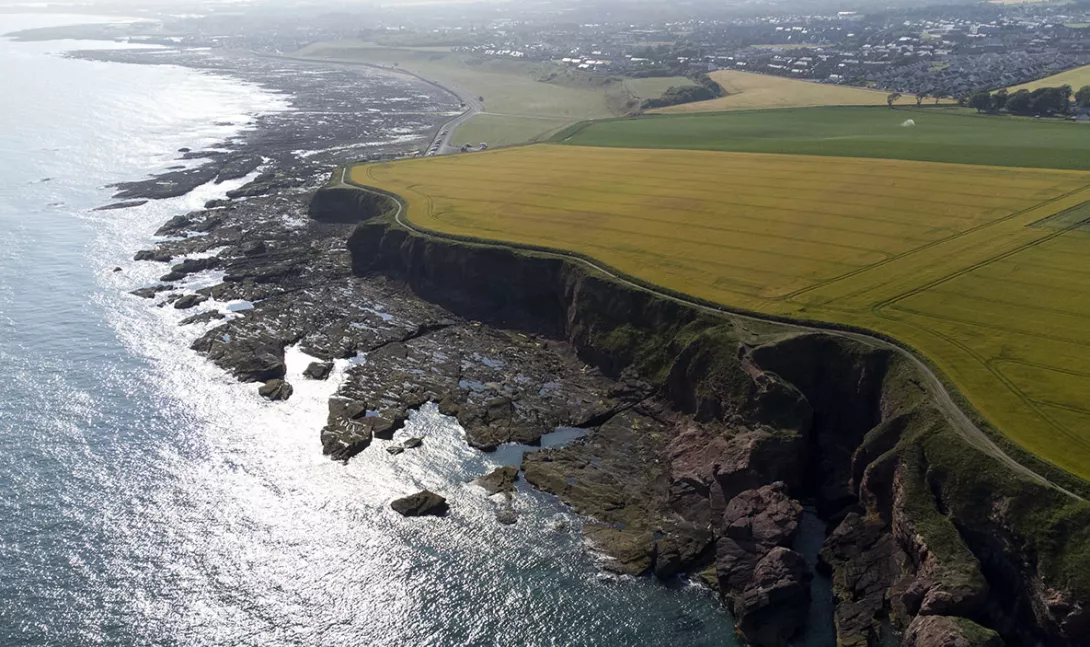VIJAY PRASHAD examines why in 2018 Washington started to take an increasingly belligerent stance towards ‘near peer rivals’ – Russa and China – with far-reaching geopolitical effects
Cop16: the world’s largest meeting to save nature has ended with no clear path ahead
The biodiversity summit in Colombia showed national governments are struggling to address the complexity of challenges that need to be overcome if we’re to preserve the natural world, writes HARRIET BULKELEY

PROGRESS at the UN’s biodiversity summit, Cop16, in Cali, Colombia, has been slow. Frustratingly so.
There were high hopes that the Colombian hosts could co-ordinate action between developed and developing countries towards reaching the landmark global biodiversity agreement reached in Montreal, Canada at Cop15 two years ago. But after two weeks and one long night, negotiations ended abruptly. Many delegates had to leave to catch flights home with key issues unresolved.
More from this author

ROS SITWELL reports from a conference held in light of the closure of the Gender Identity and Development Service for children and young people, which explored what went wrong at the service and the evidence base for care

ROS SITWELL reports from the three-day FiLiA conference in Glasgow
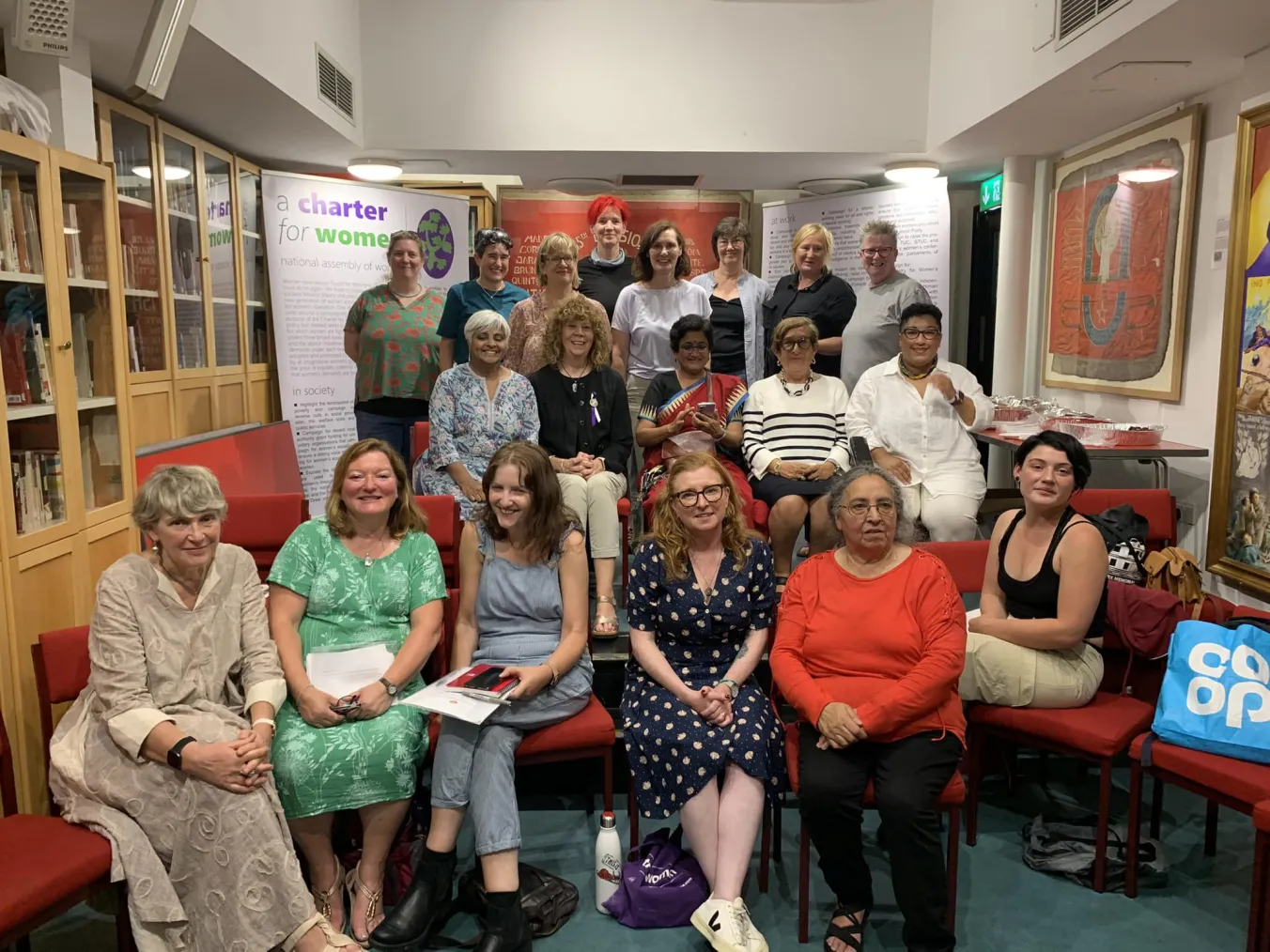
ROS SITWELL reports on a communist-initiated event aimed at building unity amid a revived women’s movement

London conference hears women speak out on the consequences of self-ID in sport
Similar stories
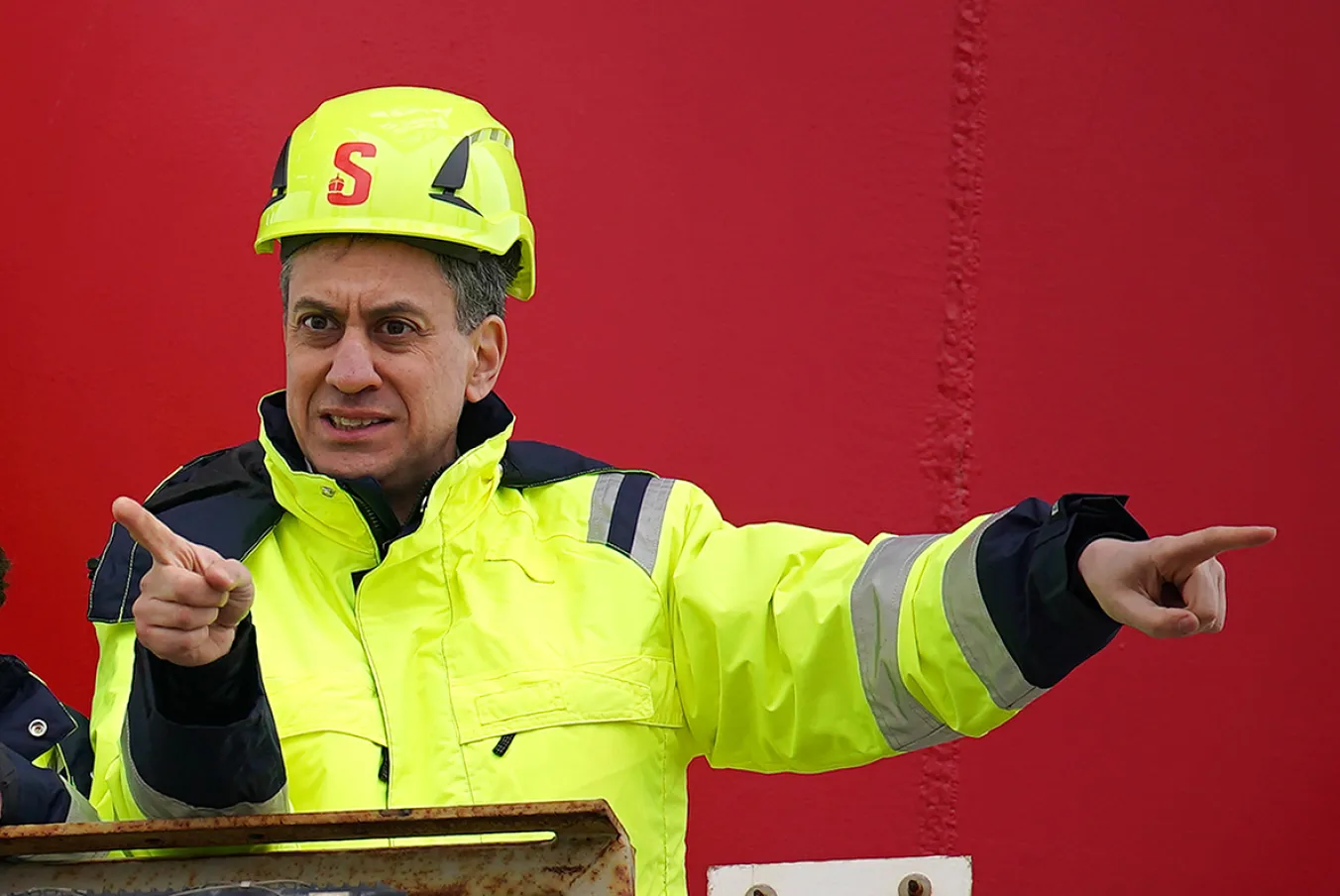
The government’s reliance on unproven and short-termist technology won’t deliver answers to today’s energy crisis, warns MARK MASLIN

ZARAH PATTISON explains how invasive plants like Himalayan balsam and rhododendron are playing havoc with ecosystems where they are introduced


